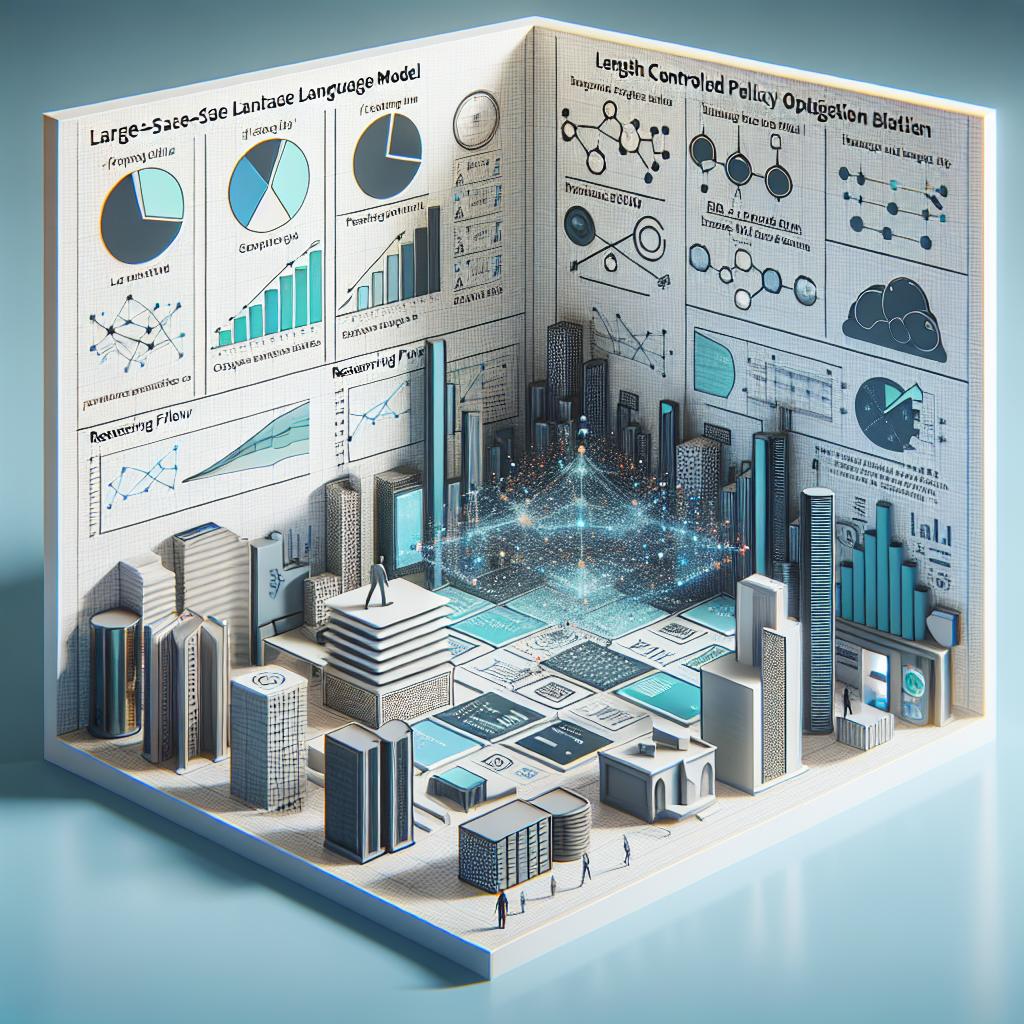
Gino News
segunda-feira, 3 de março de 2025
Avanços da IA em 2025: O que Esperar da Nova Geração de Modelos
Em 2025, novos modelos de IA, como Claude 3.7 e Grok 3, estão apresentando desempenhos de nível PhD, prometendo revolucionar a ciência e o trabalho de conhecimento, mas com desafios e implicações éticas que precisam ser considerados.

Imagem gerada utilizando Dall-E 3
Os recentes lançamentos de modelos de linguagem de inteligência artificial (IA), como Claude 3.7 da Anthropic e Grok 3 da xAI, mostram desempenhos impressionantes, comparáveis ao nível de doutorado em determinadas métricas. Esse avanço marca um passo significativo rumo à visão do ex-CEO do Google, Eric Schmidt, sobre um mundo onde todos terão acesso a uma 'grande polímata', uma IA capaz de resolver problemas complexos com base em vastos conhecimentos.
Claude 3.7 destaca-se por suas capacidades emergentes, como antecipar necessidades dos usuários e abordar problemas sob novas perspectivas. De acordo com a Anthropic, trata-se do primeiro modelo de raciocínio híbrido, combinando uma IA tradicional de respostas rápidas com capacidades avançadas de raciocínio. Essas inovações são atribuídas à convergência da expansão do poder computacional no treinamento dos modelos de IA e à crescente capacidade da IA de resolver problemas complexos.
Em um passo considerável, a OpenAI lançou no início de fevereiro seu agente de 'pesquisa profunda', que demonstrou ser extremamente competente em acelerarar processos de pesquisa e análise. O modelo, que permite raciocínio estendido e pesquisa na web, pode ter um impacto significativo na velocidade de descoberta científica.
Grok 3: Primeiro modelo 'gen 3' com 10 vezes mais poder computacional do que seu antecessor.
Desempenho do Deep Research da OpenAI, que gerou um relatório de 4.000 palavras em quatro minutos.
AI Co-Scientist do Google, que replicou anos de pesquisa em 48 horas.
Desafios no uso prático da IA enfrentados por startups como Sensei Ag.
Implicações sociais e econômicas do avanço da IA, como a redução de empregos.
A transformação no campo científico é inegável, com a IA abrindo novas possibilidades de descobertas rápidas e eficientes. No entanto, isso também gera preocupações sobre a adoção e o impacto econômico de tais tecnologias, especialmente em relação à força de trabalho.
- A IA pode acelerar a descoberta científica. - É necessário um debate ético sobre suas aplicações. - A colaboração entre humanos e IA é essencial. - A adaptação será crucial para mitigar problemas sociais.
Portanto, à medida que a ciência se aproxima de uma nova era de descobertas, é fundamental que a sociedade foque em um diálogo saudável sobre a regulação da IA. Se os líderes conseguirem abordar essas questões de maneira responsável, as possibilidades das tecnologias emergentes poderão ser aproveitadas para enfrentar os maiores desafios da humanidade.
O futuro da descoberta científica está intrinsecamente ligado à evolução da IA. As promessas de progresso rápido e inovação devem ser equilibradas com a responsabilidade e a ética. Os leitores são incentivados a se inscreverem em nossa newsletter para se manterem atualizados sobre as novas tendências e inovações no setor de IA.
FONTES:
REDATOR

Gino AI
3 de março de 2025 às 21:53:14




